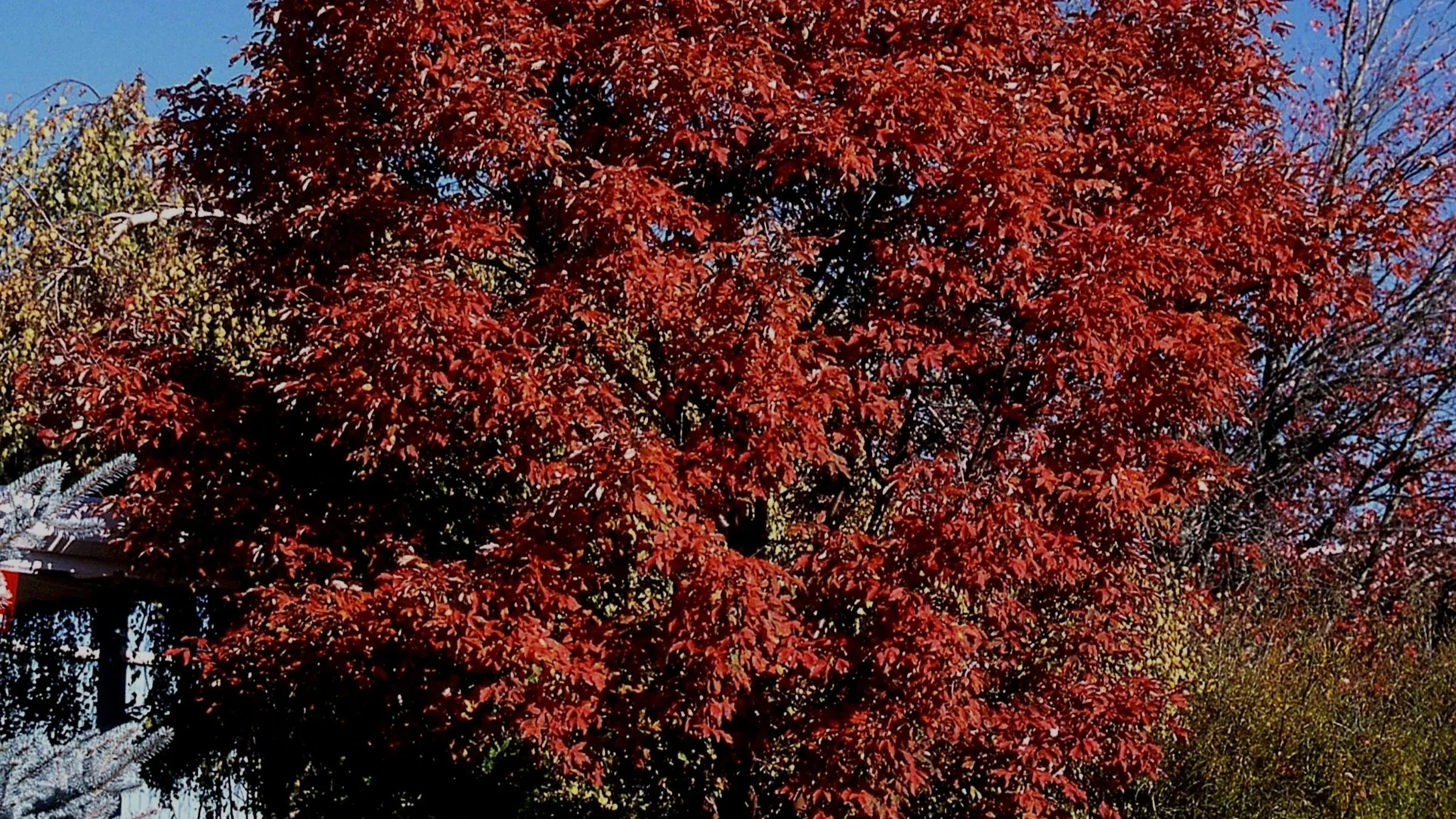Now that the frenzy of May plant-buying is behind us, I always wonder just how many of those beautiful Mother’s Day baskets and pots full of flowers are actually still alive. Or once the thrill of the purchase is gone, how many have at least been neglected to the point of near death? You see, no matter how healthy and beautiful a plant looks when it leaves the garden center, in order to keep it looking that way, it needs to be fed.
For shrubs and trees, usually a good fertilizing at the time of planting does the trick. Perennials are happy with a couple of feedings throughout the season, but in the case of annuals and veggies (depending on what you like to use) multiple feedings are essential for maximum results. Here are some options to consider when it comes to feeding your annuals and veggies…
Liquid organics: Some of us like to use liquid feeds rather than granular ones, which is fine - the plants don’t really care. A company called Espoma has come out with a line of easy-to-use organic based fertilizers that contain over 125,000,000 “colony forming units” (CFU) of microbes per milliliter. I know that sounds very technical, but the essence of all of this is that these microbes (along with the nutrients) all work together to make a very healthy plant, which in the case of veggies, also adds to the flavor, at least in my opinion.
Soluble fertilizers: These are the ones that you dissolve in water to make a liquid feed. Miracle-Gro is of course the most heavily marketed brand of this kind and it works well, as long as you apply it weekly. I prefer a hybrid soluble brand called Sea-Grow that has the added component of seaweed extract, which provides extra micro-nutrients and those CFU’s like above. All soluble feeds need to be applied on a consistent basis. At a tablespoon per gallon, once a week usually does the trick, but some gardeners like to feed daily at a teaspoon per gallon so the plant is receiving a constant source of food. Just remember that there is little to no residual with soluble feeds, so if you stop the supply of food your plants will decline rapidly.
Granular organics: These are the “meals” for plants and include ingredients like bone, blood, feather, alfalfa, bat guano, chicken poop and a whole host of what are essentially agricultural waste products. These granular organic products are fabulous, slow release (long acting) fertilizers that contain soil microbes to help build up the biology of the soil and over time improve the overall health of the garden. They don’t work as fast as the above solubles, but provide other great benefits.
Synthetic granular: Osmocote comes to mind as the most “go-to” synthetic feed for annuals. Little yellow “BB-like” pearls contain fertilizer that is forced through a membrane (osmosis) whenever we water. The release period is usually 3 to 4 months, which is perfect for annuals and veggies.
In the end, plants don’t really care if their food comes from an organic or synthetic source because it all has to be broken down into a soluble form before they can utilize it. If you are growing flowers in a container, feed the heck out of them with whatever works best for you. You will probably pitch the soil at the end of the season and start over anyway. If you want nutritious veggies then I recommend an organic fertilizer. It will make the veggies taste better and the soil will improve in health every year. Summer time is feeding time so get with it and stay safe.



